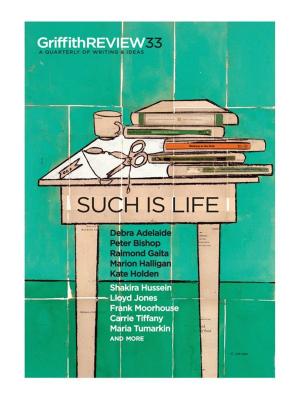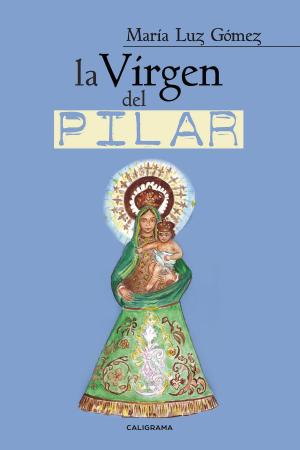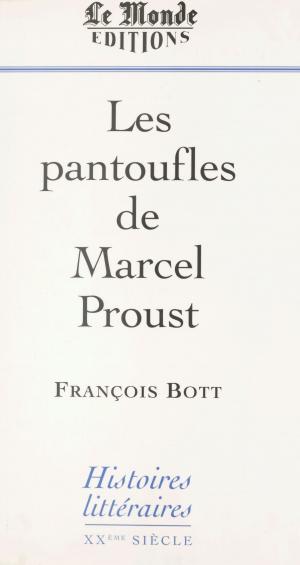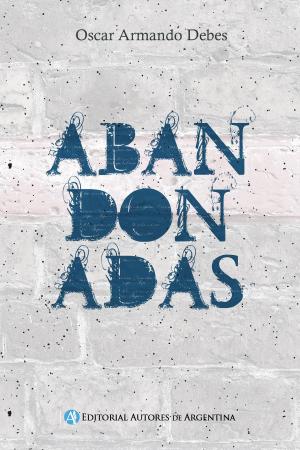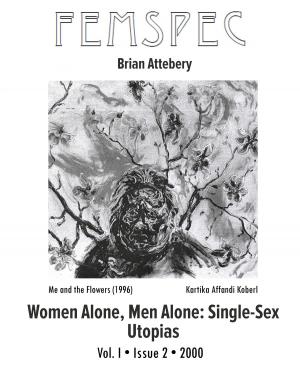| Author: | Mary G. Galvin PhD | ISBN: | 9781370363537 |
| Publisher: | Mary G. Galvin PhD | Publication: | September 8, 2017 |
| Imprint: | Smashwords Edition | Language: | English |
| Author: | Mary G. Galvin PhD |
| ISBN: | 9781370363537 |
| Publisher: | Mary G. Galvin PhD |
| Publication: | September 8, 2017 |
| Imprint: | Smashwords Edition |
| Language: | English |
This is an Academic essay exploring the meaning of the Ancient Greek myth regarding Proitos' Daughters.
Following in the footsteps of myth is always an interesting challenge. How much is based on fact? How much is fiction? What message was the storyteller trying to convey?
Recent times have yielded discoveries that provide some archaeological, historical or factual basis for an element of reality in the myths and legends of our ancestors. Schliemann's discovery of Troy; and Diggle and Underhill's retracing of the voyage of Odysseus are both examples of finding the seeds of reality within the words of the ancient tales.
The tale this article addresses is far simpler and much shorter that either the Iliad or the Odyssey, it is tale of three errant teenage girls who reject marriage and flee from their father's home and control. This behaviour is seen as madness induced by a deity (Hera). Eventual salvation comes at the hands of a second deity (Artemis) who heals their madness with her poppy.
This is a tale of transition: from daughter to wife; from menarche to marriage; the time of the 'Parthenos'.
Whether told for the moral in the tale, or as a justification for local rites of Artemis or for some other purpose entirely, it does not really matter. What is perhaps more interesting is to retrace the footsteps of these girls of myth; to experience their world firsthand; and to examine the physical and archaeological evidence behind the myth.
This is an Academic essay exploring the meaning of the Ancient Greek myth regarding Proitos' Daughters.
Following in the footsteps of myth is always an interesting challenge. How much is based on fact? How much is fiction? What message was the storyteller trying to convey?
Recent times have yielded discoveries that provide some archaeological, historical or factual basis for an element of reality in the myths and legends of our ancestors. Schliemann's discovery of Troy; and Diggle and Underhill's retracing of the voyage of Odysseus are both examples of finding the seeds of reality within the words of the ancient tales.
The tale this article addresses is far simpler and much shorter that either the Iliad or the Odyssey, it is tale of three errant teenage girls who reject marriage and flee from their father's home and control. This behaviour is seen as madness induced by a deity (Hera). Eventual salvation comes at the hands of a second deity (Artemis) who heals their madness with her poppy.
This is a tale of transition: from daughter to wife; from menarche to marriage; the time of the 'Parthenos'.
Whether told for the moral in the tale, or as a justification for local rites of Artemis or for some other purpose entirely, it does not really matter. What is perhaps more interesting is to retrace the footsteps of these girls of myth; to experience their world firsthand; and to examine the physical and archaeological evidence behind the myth.

